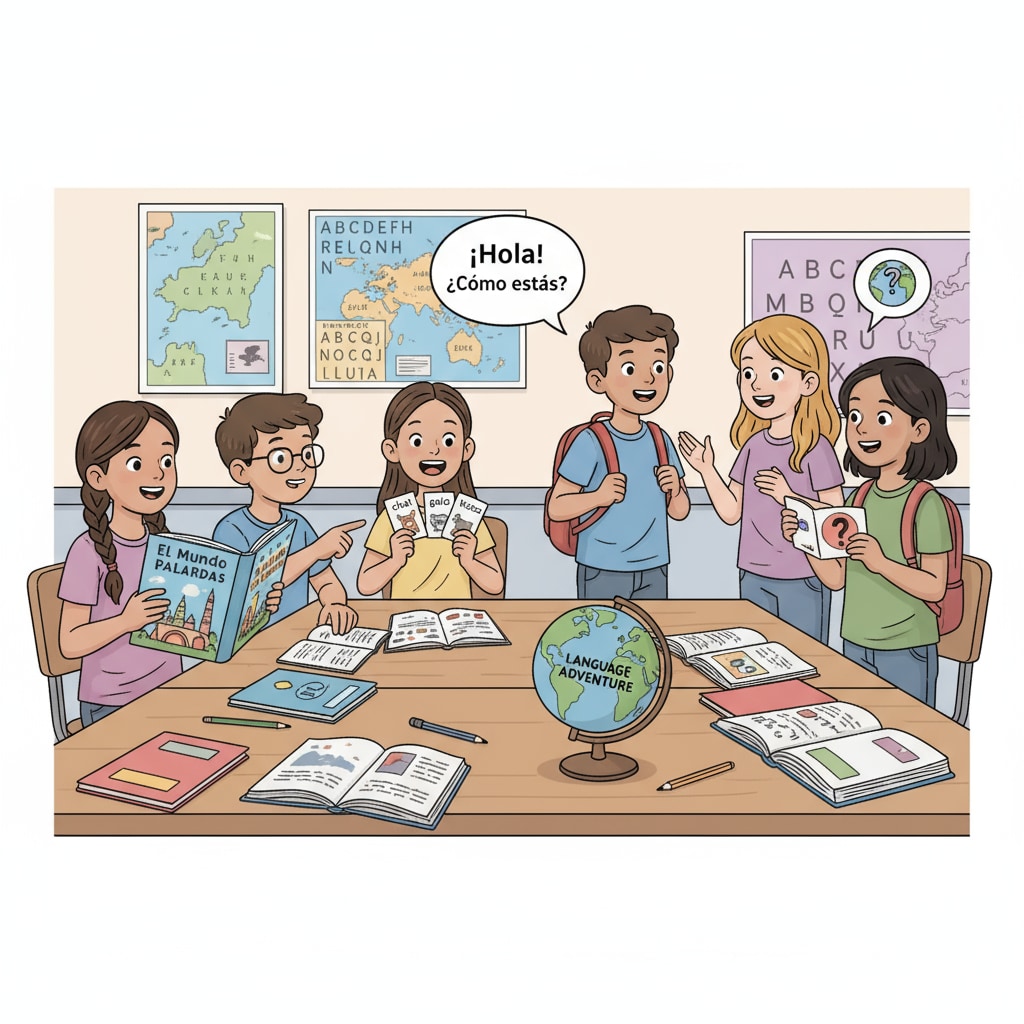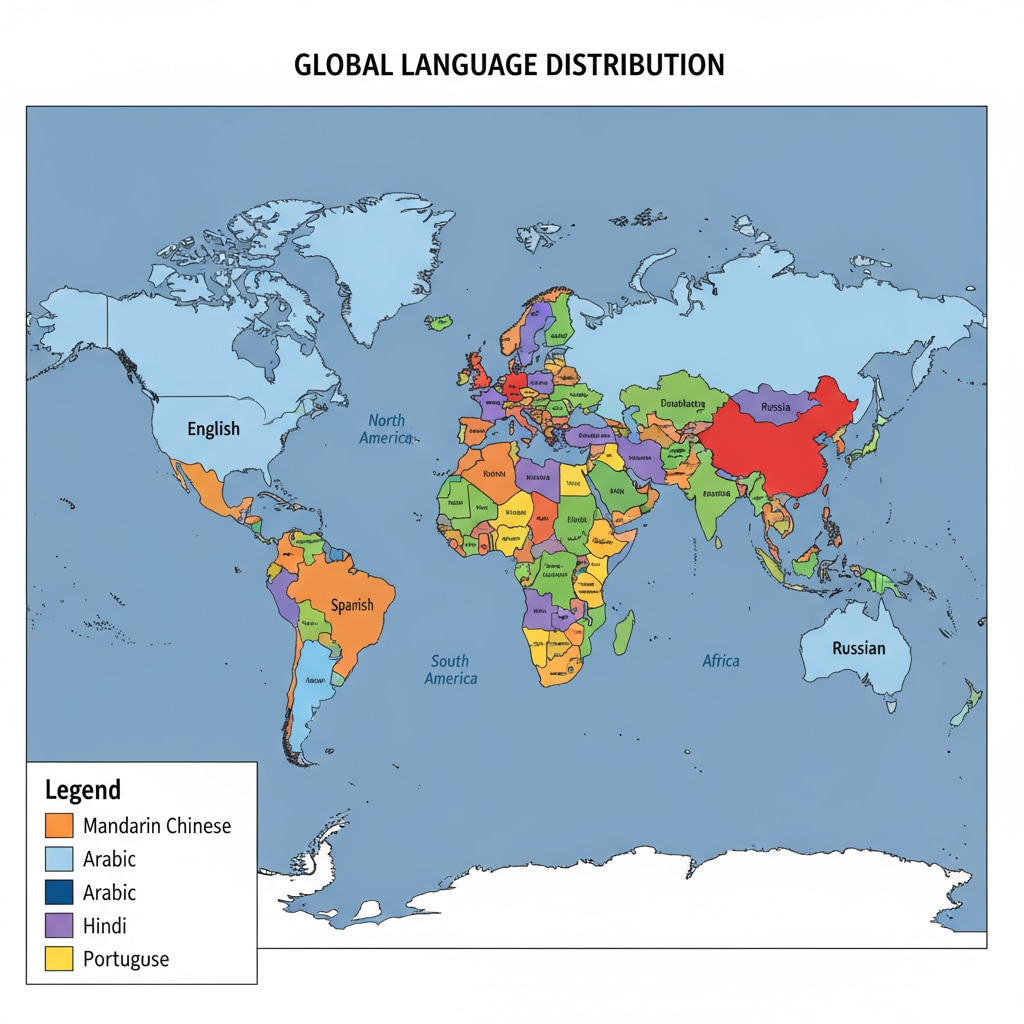Multilingual learning, language learning methods, and language priorities are crucial aspects for K12 students to explore the diverse world of languages. In today’s globalized era, the ability to communicate in multiple languages is not only a valuable skill but also a key to unlocking different cultures and opportunities.

Choosing the Right Languages
When it comes to multilingual learning in the K12 stage, selecting the appropriate languages is the first step. Consider the global significance of a language. For example, English is widely spoken around the world and serves as a lingua franca in many fields such as business, science, and technology. English as a Lingua Franca on Wikipedia Another factor is personal interest. If a student is fascinated by a particular culture, learning the language associated with it can enhance the learning experience. In addition, future career goals can also influence language choices. Some languages may be in high demand in specific industries.

The Ideal Learning Timing
The K12 stage offers unique opportunities for language learning. Younger students in the early K12 years often have a greater capacity for language acquisition. Their brains are more malleable, making it easier for them to pick up new languages. As they progress through K12, students can build on their foundation. For instance, starting with a basic language in elementary school and then adding more complex ones in middle and high school. This sequential approach helps in better language retention and proficiency development. Language Acquisition on Britannica
Moreover, integrating language learning into daily routines is essential. Short, regular practice sessions are more effective than long, infrequent ones. This could involve listening to language podcasts during commute, reading simple texts in the target language before bed, or having conversations with language partners during breaks.
Readability guidance: As seen above, we use short paragraphs to present key points. For example, in the section about choosing languages, we list different factors. In the learning timing part, we also break down the ideas. Transition words like ‘for example’, ‘in addition’, and’moreover’ are used to connect thoughts smoothly.


